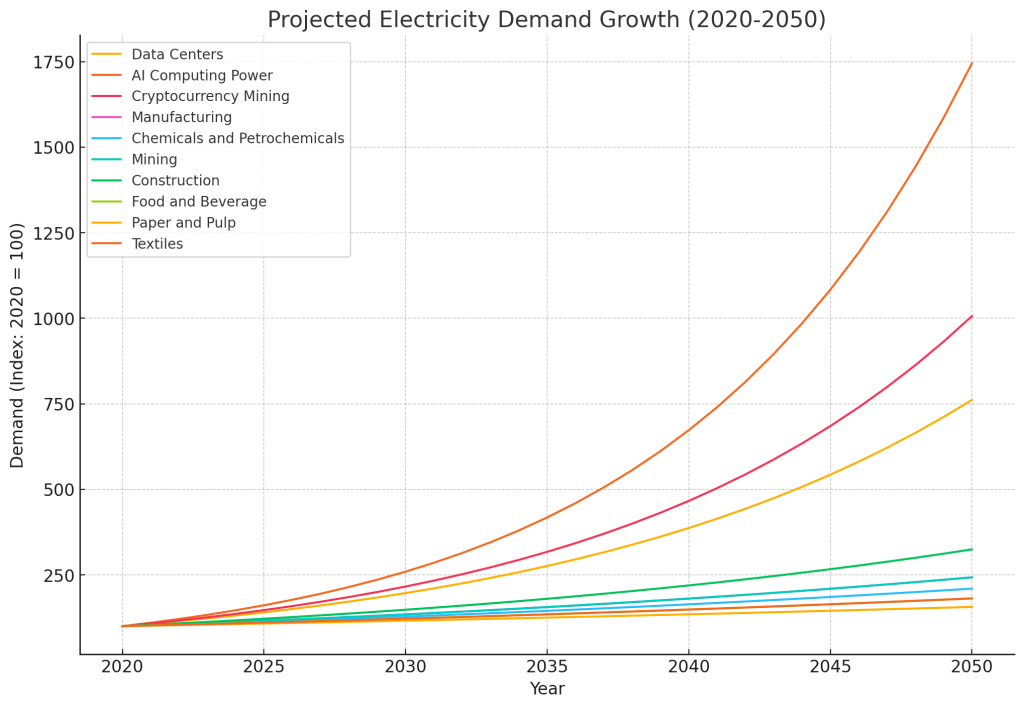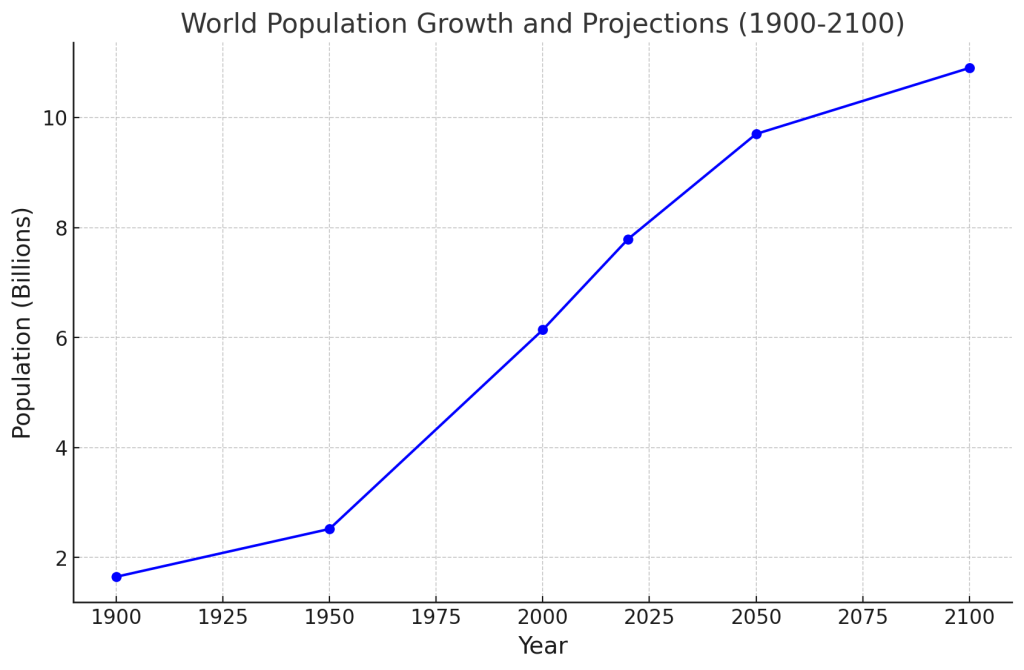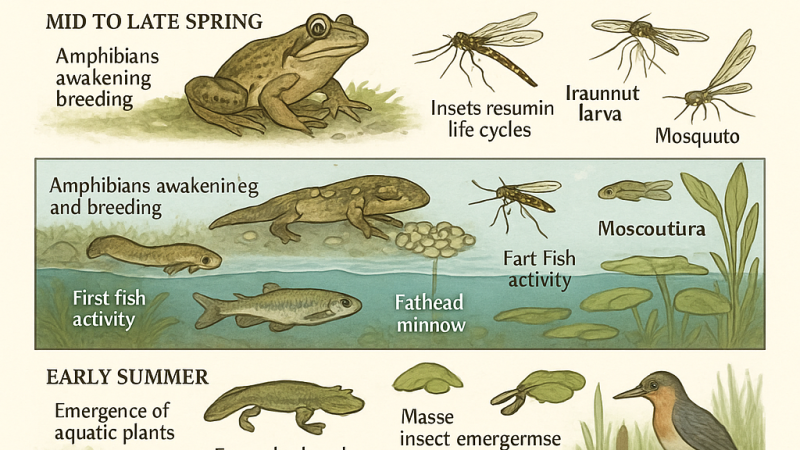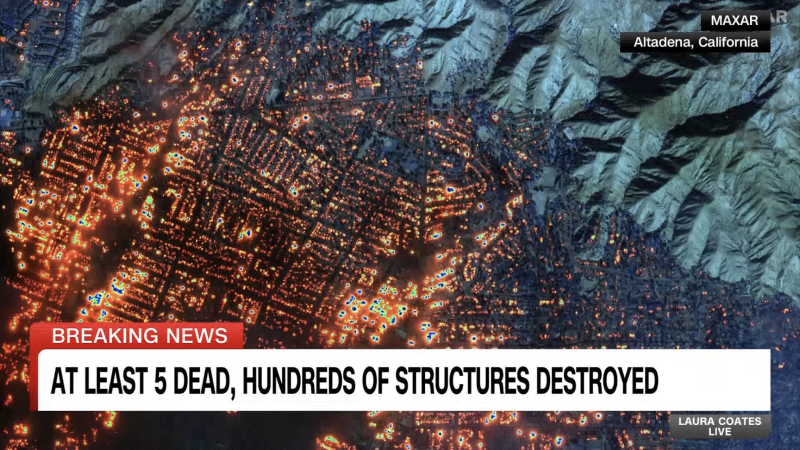Energy delusion and the end of economic growth

The majority of our civilization conducts each day as if there will be an endless procession of days until there death, which for most, remains an abstraction. Civilization itself, external to the geo-political gamesmanship with the associated risk of weapons of mass destruction in play, also proceeds unconsciously in the daily expectation of continuity perpetually.
It is a feature of our human nature that we assign real and emergent existential threats, such as ecology failure, a degree of externality and abstraction, that is neccessary for us to continue in our collective delusion. Thus humanity skips and hops toward the edge of the Earth that is our special demise.
Evidence of that is amply provided by the utter naiveté that permeates the collective epistemology regarding energy.
The curves of energy demand from a multitude of sectors is starting to reveal the fundamental limit of how much wealth can be created on this Earth in this timeline. Between Data Centres – the greatest demand for which is AI, cryptocurrency – Controlled Environment Agriculture (the latest descriptor for greenhouse farming), electric vehicles, increased residential, commercial and industrial development and the associated demand for heating and cooling power – all of these point to a simple reality:
Growing electricity demand is far out-stripping the collective global ability to onboard new supply.
From a Real Economic perspective, this is a byproduct of overpopulation, but also of the synthetic inducement of resource transformation that unbridled wealth pursuit engenders in our species. We appear to be entering a “frenzy” stage of growth at any cost, including the ecology in which we exist.
Here is a contribution from my new research assistant ChatGPT outlining hypothetical energy demand growth:

Hypothetical Annual Growth Rates (2020-2050)
1. Data Centers: 7%
2. AI Computing Power: 10%
3. Cryptocurrency Mining: 8%
4. Manufacturing: 3%
5. Chemicals and Petrochemicals: 2.5%
6. Mining: 3%
7. Construction: 4%
8. Food and Beverage: 2%
9. Paper and Pulp: 1.5%
10. Textiles: 2%
Given AI’s propensity for error at its current state of evolution, we can apply a discount on accuracy of up to 20%. But the steepening of the demand curves are not significantly altered by that.
However, you can see by this that there is growing competition for energy by industry at a time when the population is still in its own steep growth trajectory in the same timeframe.

The outcome of what constitutes a competition for total available energy is that industrial interests will be able to outcompete social interests financially which means more expensive hydro for consumers in developed countries and rolling blackouts in less developed ones where corruption of energy infrastructure administration is likely.
It is conceivable that power demands by industry will be given priority over home usage in the lower economic regions, thus opening the door to tiered pricing for electricity depending on postal code Extrapolating further, at what point does modulated electricity availability in the hottest and coldest regions accelerate mortality?
Because energy input has been so discounted in economic models, and the cost of electricity has only been accounted for in its production and delivery systems, there is an excess of energy delivery capacity, and one could argue that the disproportionate human population was only made possible by the artificially cheap power supply.
Leaning into the volatile climate extremes predicted by various models within the next 25 years, we can see that there is a clear trend of increasing fire, floods, droughts and severe storms which are exacerbated commensurately with new power generation capacity and use. So it is clear that there is a tremendous blind spot in human governance and education in supporting such wanton expansion without limitation.
Convergent systemic collapses
This summer in the northern hemisphere we are seeing a spike in methane release from thawing permafrost in the northernmost zones. The thawing permafrost is causing land loss as riverbanks are eroded into the streams, tidal action ablates bluffs, and glacial melt carries soils away.
The ability to wake up each morning with the expectation of a status quo ability to pursue one’s interest will one day be interrupted by such convergent failures of humans to modulate reproductivity and associated energy demand growth. That alongside the still accelerating computational power race spurred on by AI and Crypto (which means even more power demand) means that we are also accelerating toward that day rather than slowing.
This is the essential current fundamental delusion under which humanity will, in larger and larger swaths of population and geography, hit the point in time where survival is going to become the daily pursuit, rather than making cool Tiktoks or yachting or flying private jets or racing sports cars.
And this is why I hesitate to endorse the thinking that AI is a serious threat to humanity. It looks to me like the possibility of reaching AGI before the convergent ecological failures begin to cascade into our lives is not likely.
The likelihood of ecological failures being somehow slowed or even accurately quantified is essentially nil, in my view, because we are simultaneously suffering from an all-out technology distraction race, where the tech platforms with the largest revenue streams are frantically cranking out algorithmic dopamine stimulants to keep us all focused on watching each other.
Even those conversations in academia that have a more advanced and holistic grasp of the totality of the situation is way ahead of the mainstream are limited to exactly that: conversation. But the time for conversation is over, and there is no leadership or movement afoot that has any chance of even nudging the acceleration off course.




Rollxgame bro, it’s the real deal! Loads of cool games and it’s super easy to get started. Give rollxgame a shot, you won’t regret it.
SwerteVIP, sounds fancy! VIP treatment, eh? I’m in! Curious what the perks are gonna be. Worth a look-see, I reckon. Get your VIP treatment here: swertevip
Anyone tried hiii88z? Thinking about putting some money down, but want to hear some reviews first. Is hiii88z good?
Loved the statistical breakdown! For those diving into AI-driven marketing, check out the AI Instagram Assistant-a great tool for optimizing social content with smart automation.
L4rVIAI8LIH
8InKNXZRQXE